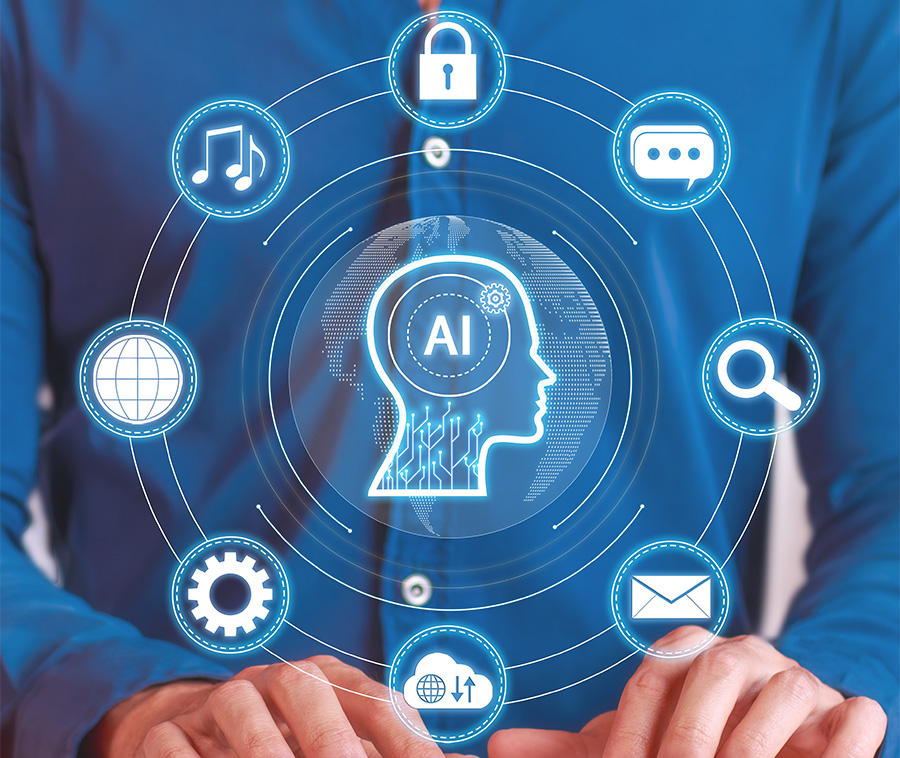
Enterprise Generative AI Projects are rapidly transforming industries by enabling automation, enhancing decision-making, and creating innovative solutions at scale. These failures often stem from strategic, technical, and operational missteps. Understanding these pitfalls and knowing how to avoid them, can significantly improve the chances of success. Below are five key reasons why Enterprise Generative AI Projects fail and how organizations can address them effectively.
Enterprise generative AI projects
Lack of clear business objectives
One of the most common reasons for failure is starting without well-defined goals. Many organizations adopt generative AI because it’s trending, not because it aligns with a specific business challenge. Without measurable objectives, projects can drift, resulting in wasted resources and minimal impact.
How to avoid it:
Begin with a detailed problem statement and define KPIs tied to tangible outcomes. Every AI initiative should serve a business purpose, such as reducing operational costs, improving customer engagement, or accelerating product development.
Poor data quality & accessibility
Generative AI models depend heavily on clean, comprehensive, and relevant datasets. Incomplete, inconsistent, or biased data leads to inaccurate outputs, eroding trust in the system. Enterprises often underestimate the effort required for proper data preparation and integration.
How to avoid It:
Invest in robust data governance practices, including cleaning, labeling, and structuring datasets before model training. Ensure secure and seamless access to relevant data sources while maintaining compliance with privacy regulations.
Overlooking change management
Employees may feel threatened by automation or struggle to adapt to AI-driven processes. Without proper change management, adoption rates remain low, and ROI suffers.
How to avoid It:
Engage stakeholders early, communicate benefits clearly, and provide targeted training. Encourage a culture of collaboration where AI is seen as an enabler rather than a replacement.

Underestimating infrastructure requirements
Enterprise Generative AI Projects demand significant computing power, storage capacity, and integration capabilities. Attempting to run advanced models on inadequate infrastructure can cause delays, cost overruns, and performance bottlenecks.
How to avoid It:
Conduct an infrastructure readiness assessment before project launch. Leverage scalable cloud solutions or hybrid environments that can handle evolving computational needs without compromising performance.

Ignoring continuous monitoring & improvement
Many projects fail after deployment because they are treated as one-time implementations. Generative AI models require ongoing monitoring, retraining, and fine-tuning to remain accurate and relevant as data and business needs evolve.
How to avoid It:
Establish a continuous improvement framework. Regularly evaluate model outputs, monitor for bias, and update algorithms to reflect changing conditions and user feedback.

Conclusion
Enterprise Generative AI Projects hold immense promise, but their success depends on more than just technology. Adopting these best practices not only prevents costly failures but also positions your enterprise to harness the full transformative potential of generative AI.

